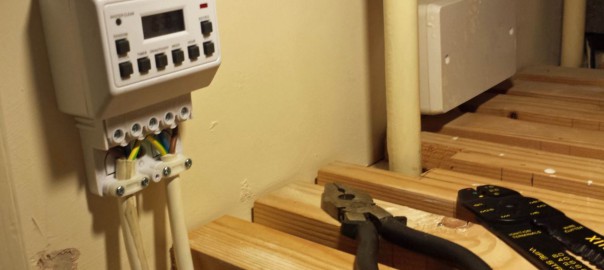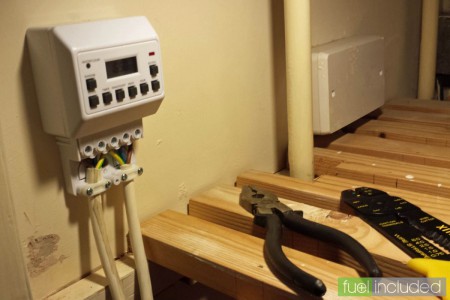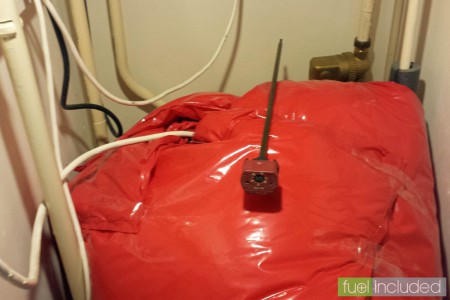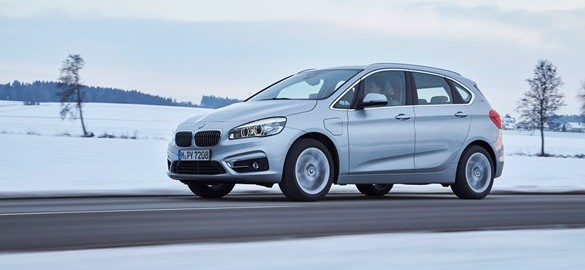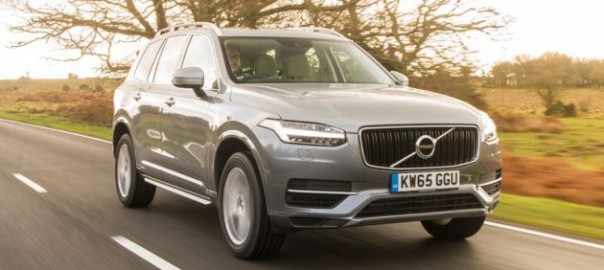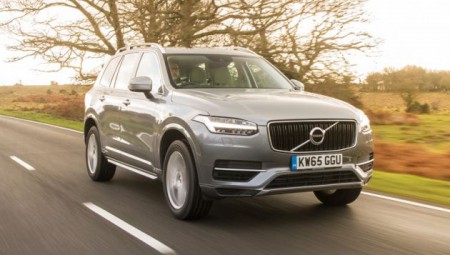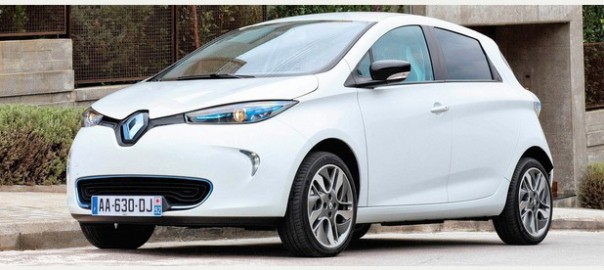Life depends on it. Bill McKibben on the big changes we’ve already made in remarkably short order.

Physics can impose a bracing clarity on the normally murky world of politics. It can make things simple. Not easy, but simple.
Most of the time, public policy is a series of trade-offs: higher taxes or fewer services, more regulation or more freedom of action. We attempt to balance our preferences: for having a beer after work, and for sober drivers. We meet somewhere in the middle, compromise, trade off. We tend to think we’re doing it right when everyone’s a little unhappy.
But when it comes to climate change, the essential problem is not one group’s preferences against another’s. It’s not—at bottom—industry versus environmentalists or Republicans against Democrats. It’s people against physics, which means that compromise and trade-off don’t work. Lobbying physics is useless; it just keeps on doing what it does.
So here are the numbers: We have to keep 80 percent of the fossil-fuel reserves that we know about underground. If we don’t—if we dig up the coal and oil and gas and burn them—we will overwhelm the planet’s physical systems, heating the Earth far past the red lines drawn by scientists and governments. It’s not “we should do this,” or “we’d be wise to do this.” Instead it’s simpler: “We have to do this.”
And we can do this. Five years ago, “keeping it in the ground” was a new idea. When environmentalists talked about climate policy, it was almost always in terms of reducing demand. On the individual level: Change your light bulb. On the government level: Put a price on carbon. These are excellent ideas, and they’re making slow but steady progress (more slowly in the United States than elsewhere, but that’s par for the course). Given enough time, they’d bring down carbon emissions gradually but powerfully.
Time, however, is precisely what we don’t have. We pushed through the 400 parts per million level of CO2 in the atmosphere last spring; 2015 was the hottest year in recorded history, smashing the record set in … 2014. So we have to attack this problem from both ends, going after supply as well as demand. We have to leave fossil fuel in the ground.
Read more: Yes Magazine

